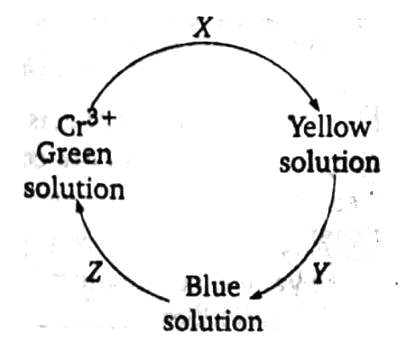The electron affinity values (in kJmol−1) of three halogens, x,y, and zare, respectively, −349,−333, and −325. Then x,y, and x, are respectively,
A
F2,Cl2 and Br2
B
Cl2,F2 and Br2
C
Cl2,Br2 and F2
D
Br2,Cl2 and F2
Video Solution
Text Solution
The correct Answer is:B
|
Answer
Step by step video, text & image solution for The electron affinity values (in kJ mol^(-1)) of three halogens, x,y, and zare, respectively, -349, -333, and -325. Then x, y, and x, are respectively, by Chemistry experts to help you in doubts & scoring excellent marks in Class 12 exams.
Updated on:21/07/2023Topper's Solved these Questions
Similar Questions
Knowledge Check
The electron gain enthalpy values (in kJmol−1 ) of three halogens, X, Y and Z are respectively -349, -333 and -325. Then X, Y and Z are respectively
AF2,Cl2 and Br2BCl2,F2 and Br2CCl2,Br2 and F2DBr2,Cl2 and F2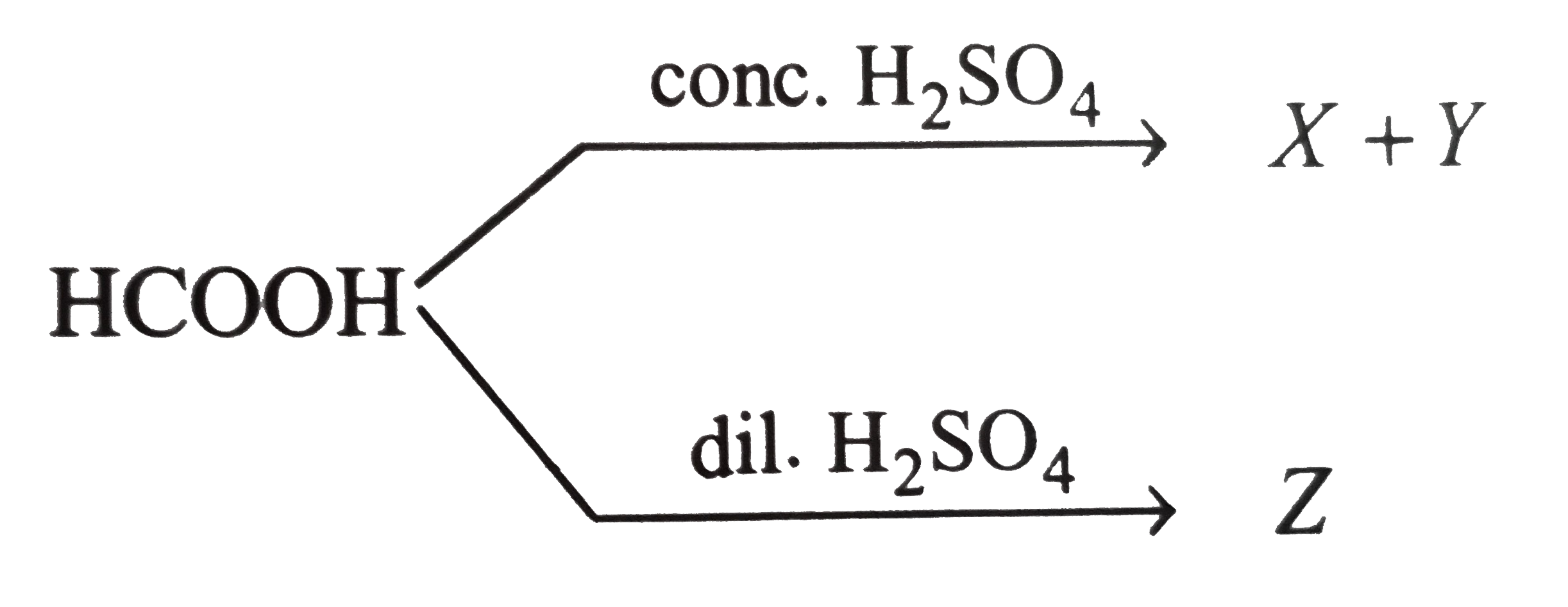
Products X, Y and Z are respectively:A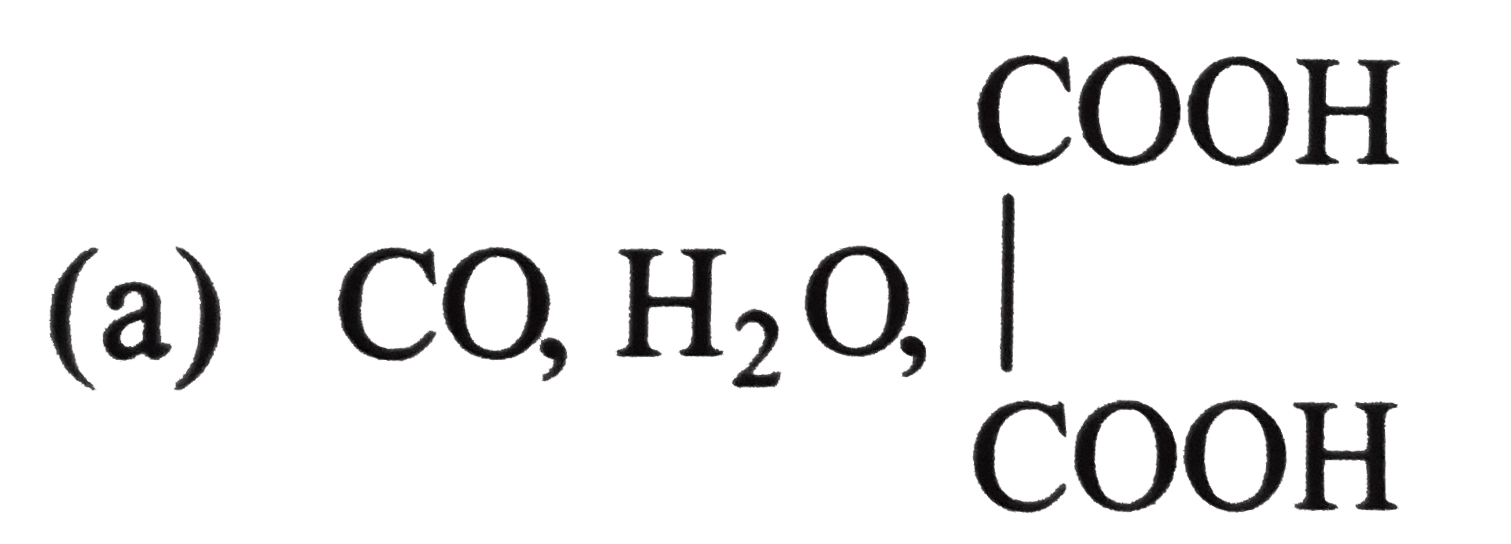 B
B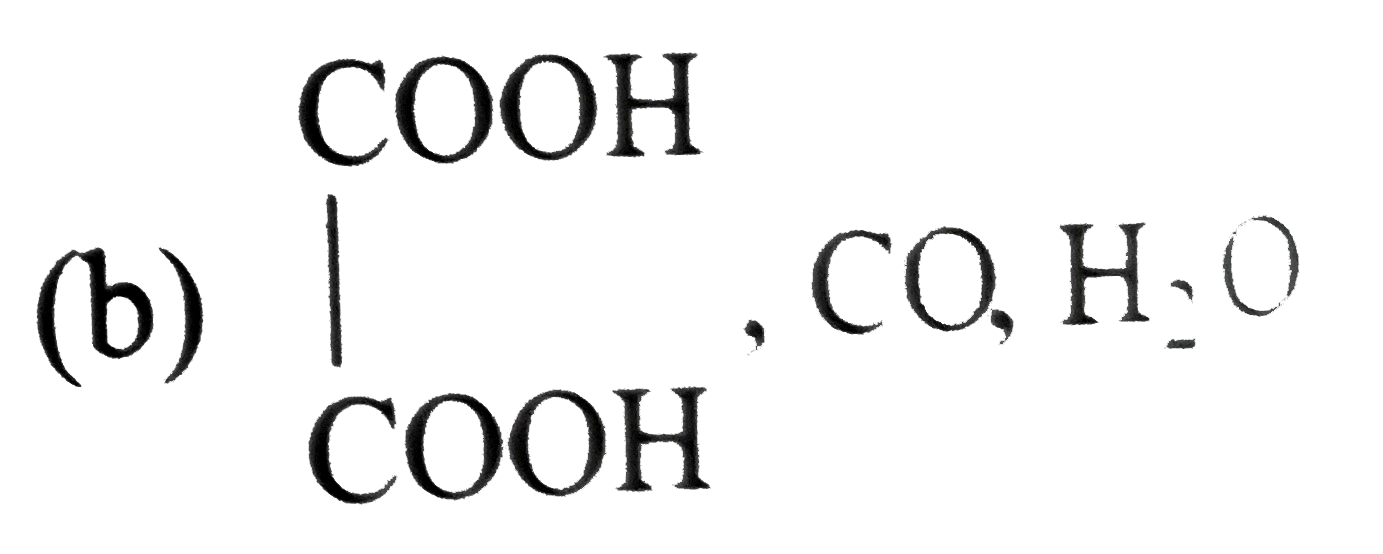 C
C D
D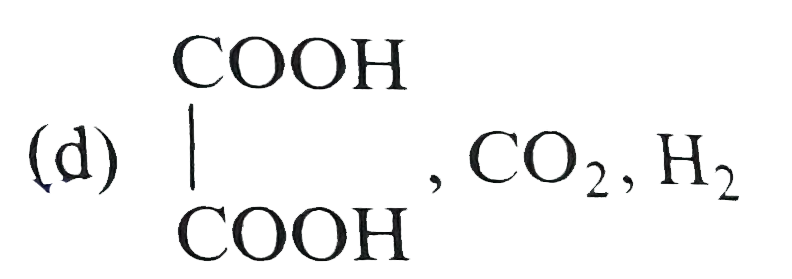
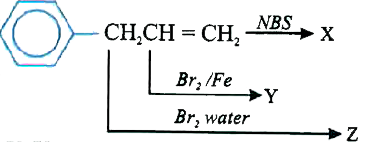
X, Y and Z, respectively are :A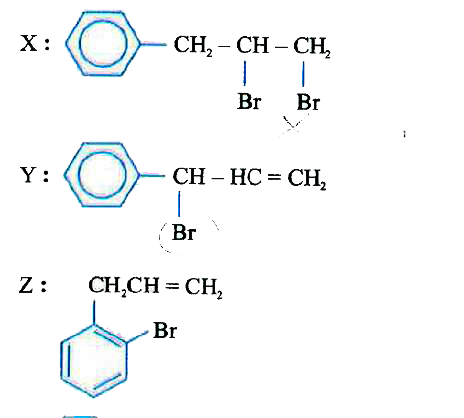 B
B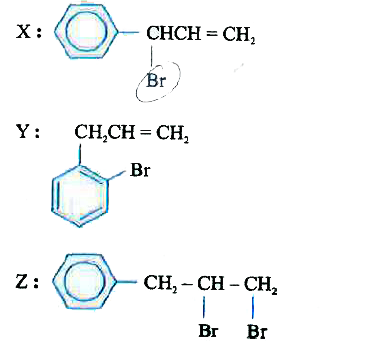 Cin all cases X of (1)Din all cases Y of (1)
Cin all cases X of (1)Din all cases Y of (1)
In the following reaction X,Y and Z are respectively :
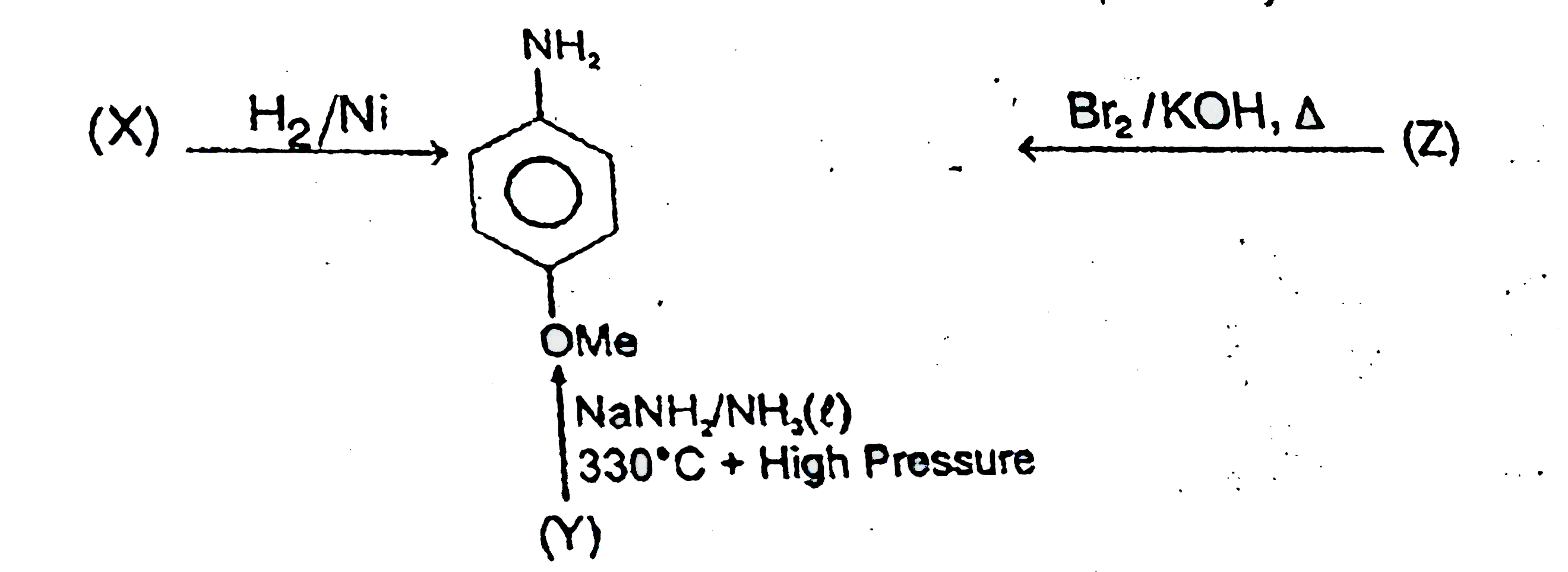
View SolutionIf (x-y,x+y)=(2,8), then the values of x and y are respectively.
View SolutionThis is a regular hexagon. The angles x,yandz are respectively:
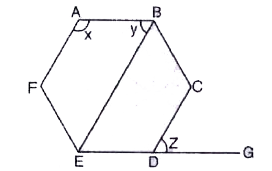
View Solution
The fomed products Z,Y,X are respectively .
View Solutionx+y+z=6
x−y+z=2
2x+y−z=1
then x,y,z are respectively
View Solution


